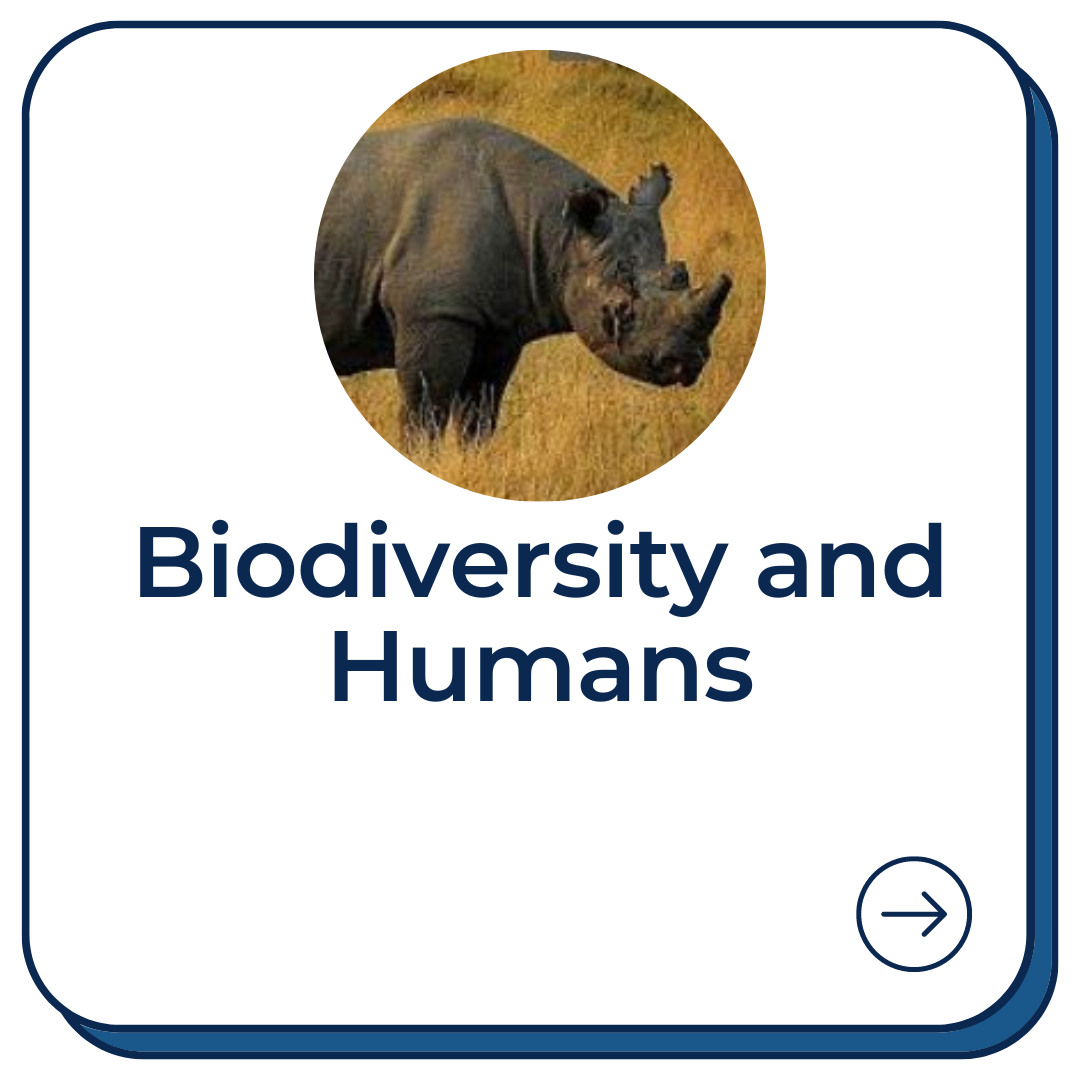Teaching about climate change and animals is an important topic to explore with students, as the survival of animals is vital to the sustainability of planet Earth. Learning how climate change impacts animals and what we can do to protect them is paramount to our survival as we are all intrinsically connected; many elements depend on their existence. Teaching students to protect animals and find solutions for climate change can be challenging, but we have selected resources and lesson plans that will captivate students and inspire them to take action.



























